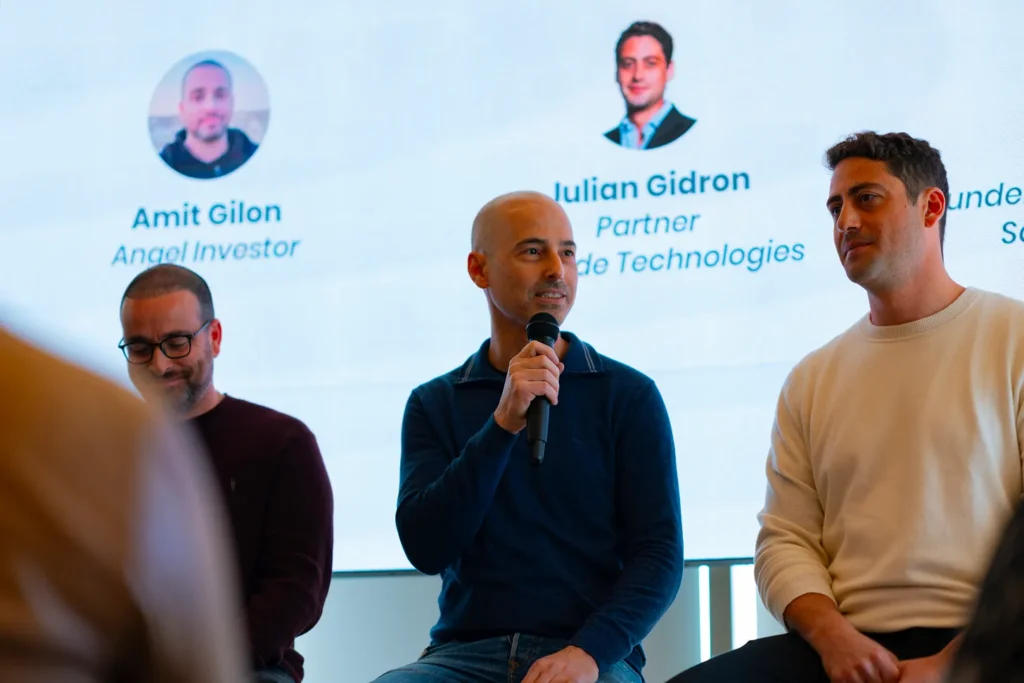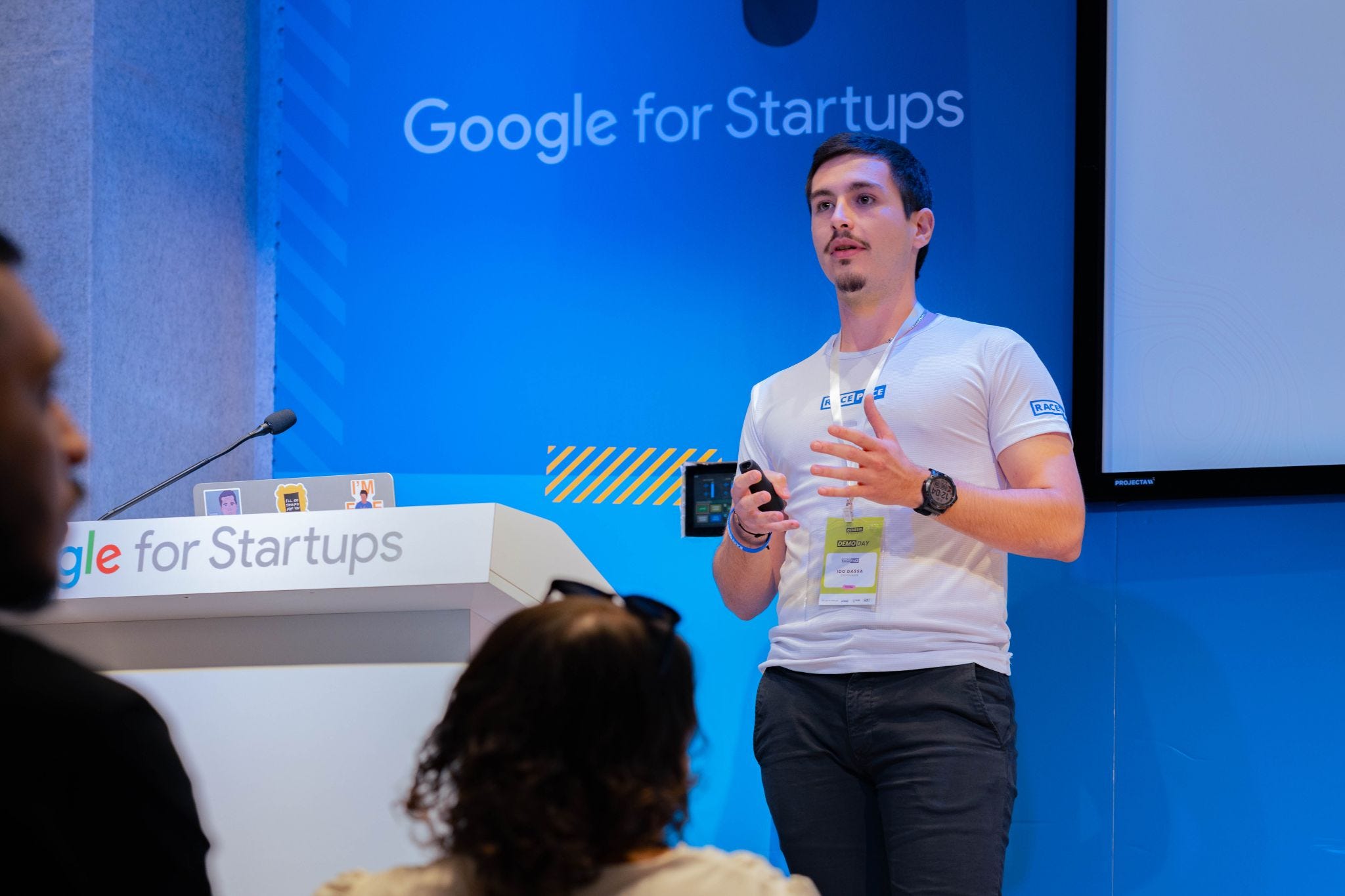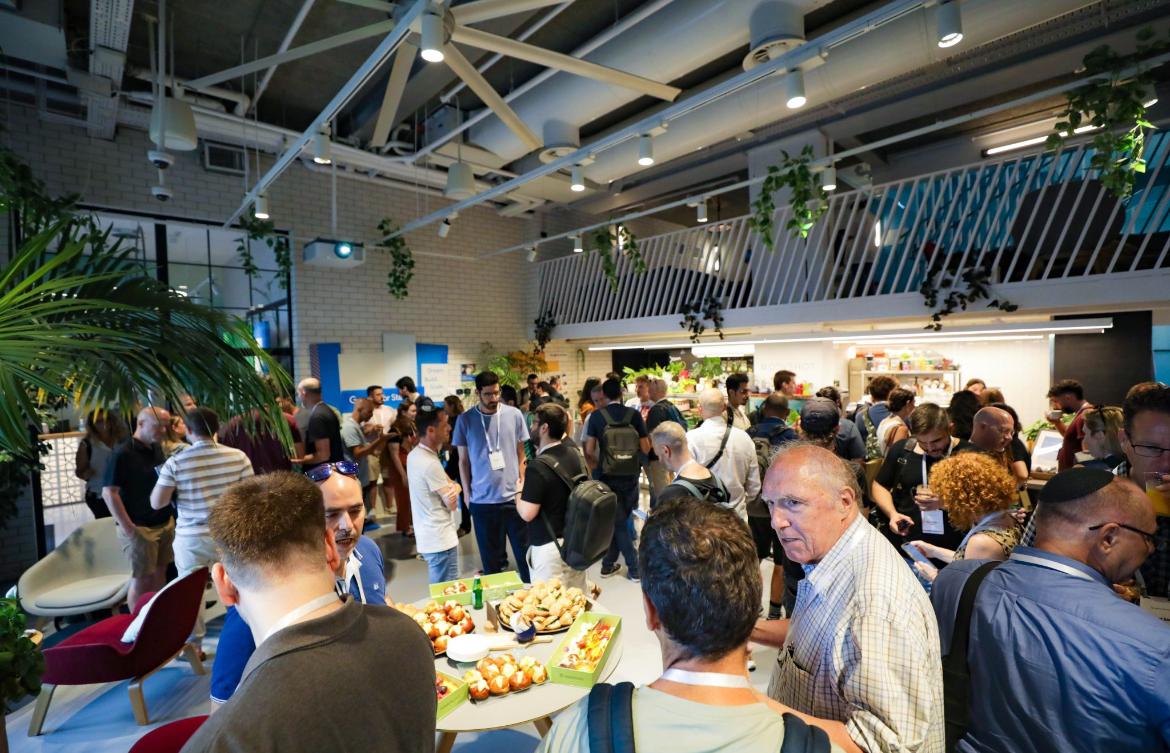

Over the past few years, we’ve seen fewer IPOs, fewer exits, and significantly less liquidity. Interest rates are up, geopolitics is volatile, and investors — in Israel and globally – have become far more selective.
Here’s a breakdown of the key reasons why raising capital in 2025 is so challenging:
1. Liquidity Crunch for VCs
Since 2022, rising interest rates and global uncertainty have led to a significant drop in IPOs and exits. With fewer liquidity events, VCs are struggling to return capital to LPs — which slows down the entire funding cycle and reduces available capital in the market.
2. Harder Fundraising for VCs from LPs
Many large VC funds are shifting toward a private equity (PE) model, diversifying into crypto, secondaries, or doubling down on existing growth-stage portfolio companies. This strategy helps generate returns and fees — even without traditional exits — but it also means less capital is flowing into new startups.
3. The Rise of Secondaries – But at a Cost
With liquidity drying up, the secondaries market boomed in 2024, reaching $160B and projected to hit $200B in 2025. In secondaries, existing shareholders (like founders) sell their shares to new investors. While this provides some liquidity, it can also signal a lack of long-term conviction, and may create misalignment between founders and new investors.
4. 75% of VC Capital Is Concentrated in 30 Funds
The venture landscape has become increasingly centralized. Raising a new or second-time fund is significantly more difficult — especially for emerging managers. This adds further pressure on early-stage startups looking for first checks.
5. Talent Wars + AI Centralization
Investors are watching top AI talent gravitate toward Big Tech — and that’s where the capital is going. In H1 2025, over 50% of global VC funding went into AI, according to Pitchbook. In Israel, AI and Cyber accounted for a staggering 85% of total investments last quarter, per IVC and LeumiTech.
The Meta–Scale AI deal (14.3B USD for 49%) is a perfect example. It wasn’t just an investment — it was a strategic move to secure Alexander Wang and his AI superteam.
This creates a tough environment for AI startups without a superstar founder, unique data advantage, or clear edge.
6. 2025 Pre-Seed = 2020 Seed
Investor expectations have shifted dramatically. What used to qualify as a Seed round in 2020 is now considered Pre-Seed in 2025. Back then, a great deck and a strong technical team could raise capital. Today, investors expect a product, early traction, and a solid team — even at Pre-Seed.
Seed rounds now average around $3.5M (per Carta), and many Seed investors are moving earlier, writing $500K–$1M checks at Pre-Seed.
7. Fewer Deals, More Capital Per Deal
According to CB Insights, deal volume has dropped 35–50% compared to the 2021–2022 peak. With higher interest rates, investors are more cautious, funds are more concentrated, and liquidity is scarce. As a result, there are fewer deals overall — but the average deal size has grown.
📌 PS – Some of these insights were already mentioned in a post I shared back in May, especially the VC → PE shift. I also drew inspiration from recent conversations with Avishag Bohbot and Miriam Shtilman Lavsovski, plus a sharp LinkedIn post by Guy Katsovich. And of course, lots of data digging through reports and market updates online 😉




